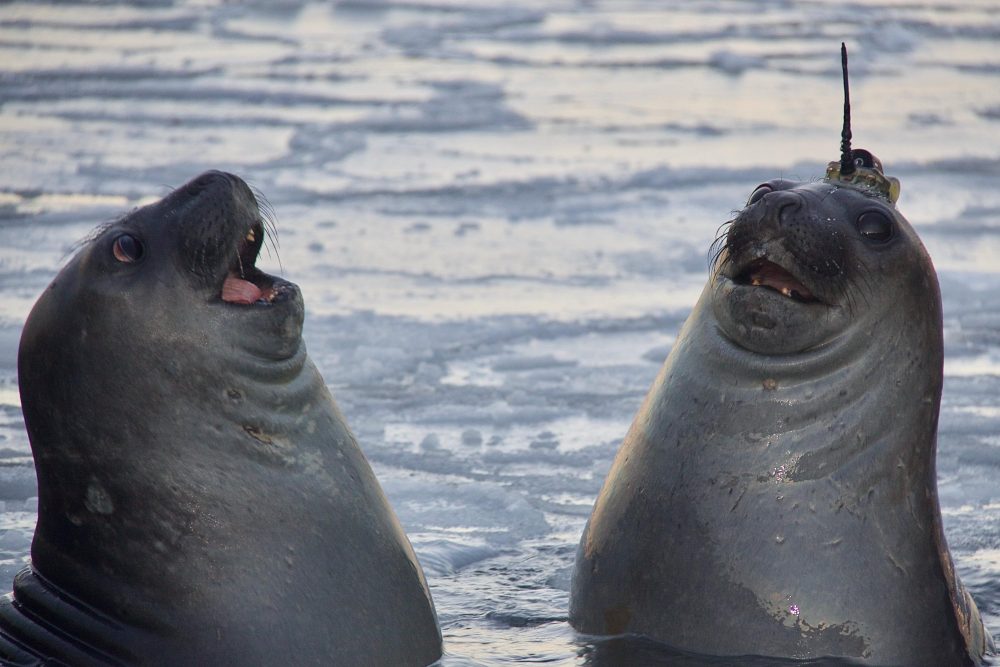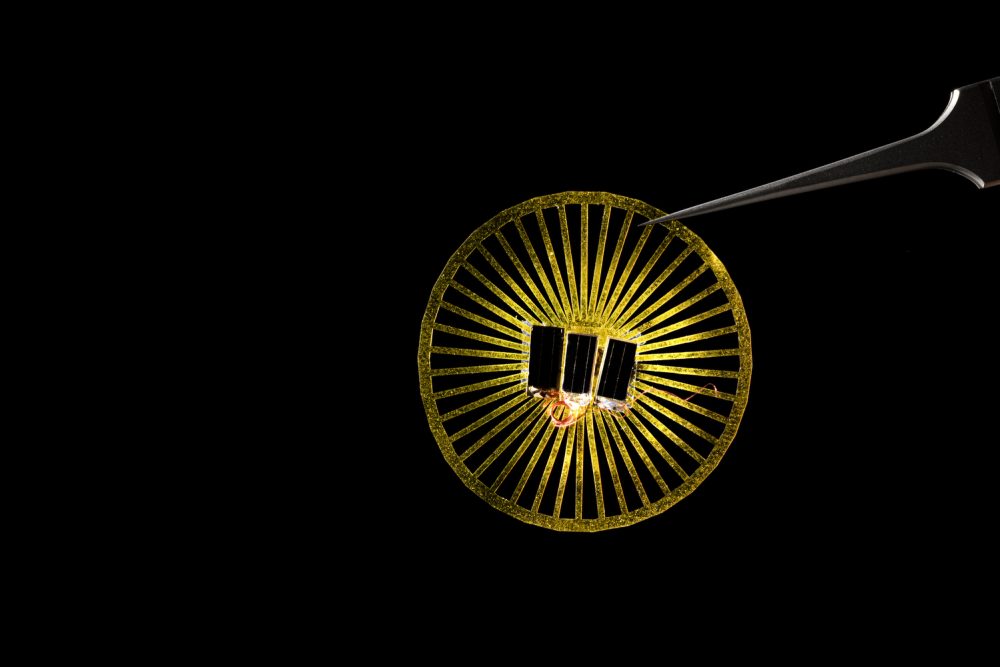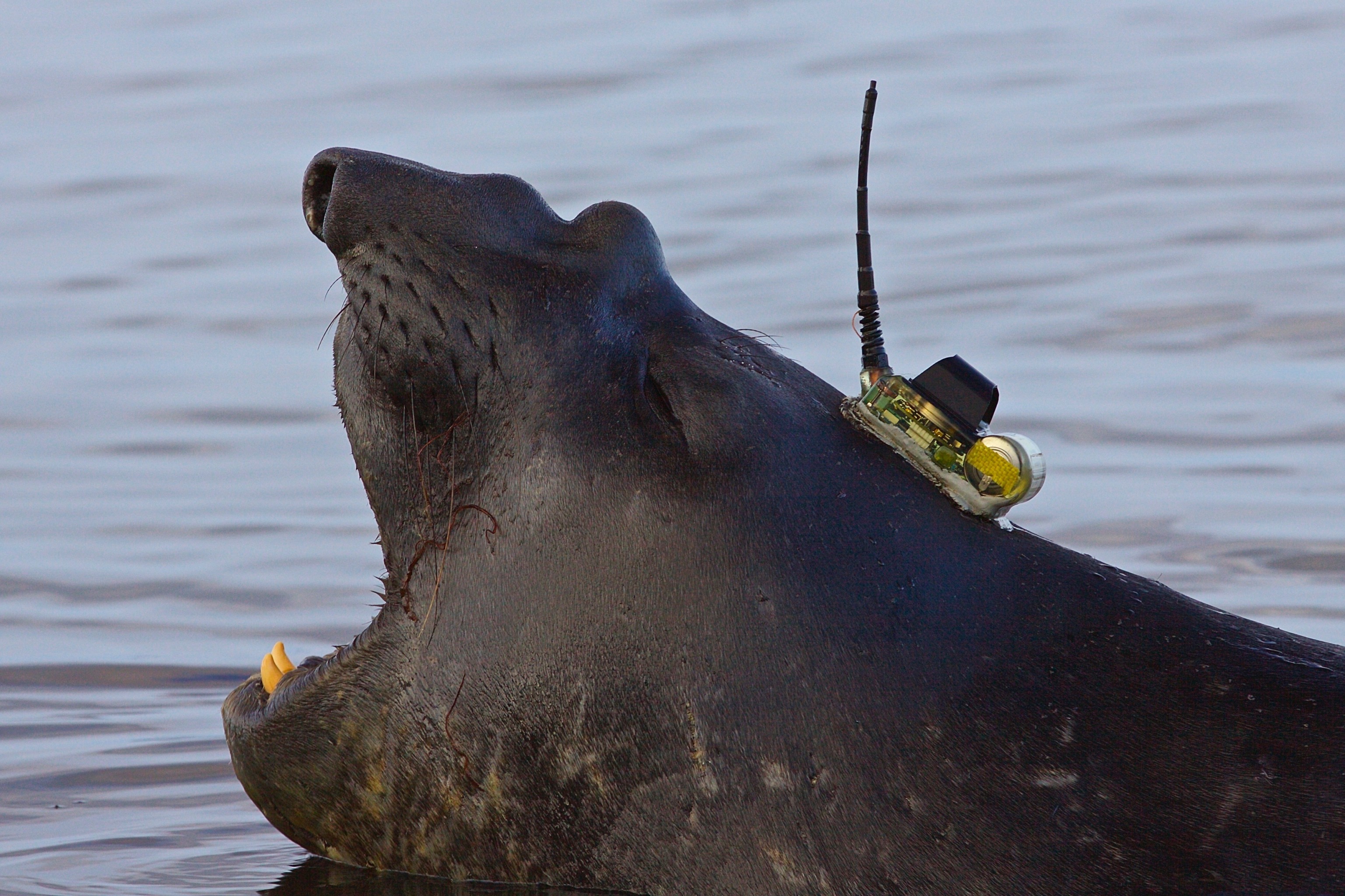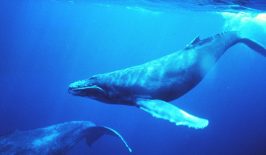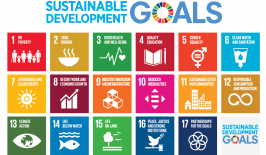When it comes to developing the next generation of climate change solutions, Mother Nature has often already beaten us – by several million years. Plants and animals have evolved over millennia to exist in harmony with their habitats and overcome challenges – some of which are now being faced by researchers. Recently, RESET looked at several projects which drew inspiration from nature to help develop 21st century solutions.
Dandelion Seeds Inspire Lightweight Sensors for Mass Networks
Environmental sensors – detecting variables such as light, temperature and humidity – are now an essential tool for researchers. However, setting up mass sensor networks over a large area is expensive and time consuming. After watching how dandelions spread their seeds, a US university has developed a new lightweight breed of sensor that can ride the wind over large distances.
How the Ocean’s Animal Experts are Helping with Antarctic Climatic Research
How about instead of simply being inspired by nature, you can deputise nature itself into research efforts? Investigating the frigid waters of the Antarctic comes with a whole host of logistical, safety and financial concerns for humans. For seals, however, it’s simply home. One project is using sea-life as a living platform for its own scientific sensors.
Biomason: Can Bacteria-Built Cement Clean Up Construction?
Traditional Portland cement is a dirty product. Not only does it need vast amounts of energy, but the heating of limestone for cement adds further carbon dioxide into the mix. After taking inspiration from how corals and shells produce calcium carbonate, one US startup is using natural bacteria to develop ‘biocement’.
AeroSHARK: Lufthansa Turns to Nature to Cut Down on Aviation Emissions
The impact of global air travel on carbon emissions has some under increasing scrutiny in recent years, and engineers are looking for ways to increase the efficiency with which aircraft fly. One project from Lufthansa investigated how sharks swim to create a new ‘sharkskin’ layer which improves airflow and decreases aircraft emissions.
